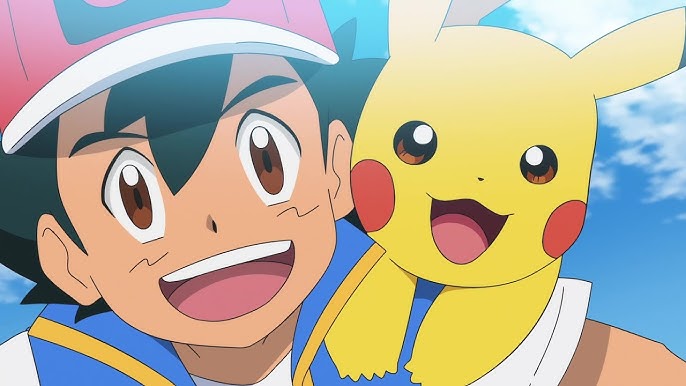Pokémon is the biggest entertainment brand on the planet, worth more than £113bn. It has lasted almost three decades, stretching from Game Boy cartridges to Netflix spin-offs. But its success isn’t just about sales. At the heart of the franchise are a handful of creatures that have come to define it.
A global fan poll in 2020 drew millions of votes, yet even that didn’t settle the argument. Pikachu, the yellow mascot recognised in every corner of the world, landed only 19th. Meanwhile, Greninja, a ninja-frog from the later generations, took first place. The contrast shows that “popularity” is not one thing but many: nostalgia for the originals, standout anime storylines, striking design, dominance in competition, or simple ubiquity on lunchboxes and plush toys.
This ranking brings those threads together. It looks at the ten Pokémon that matter most – the ones that shaped the culture, built the fanbase and carried the brand far beyond the games.
10. Garchomp – The Apex Predator You Can Train
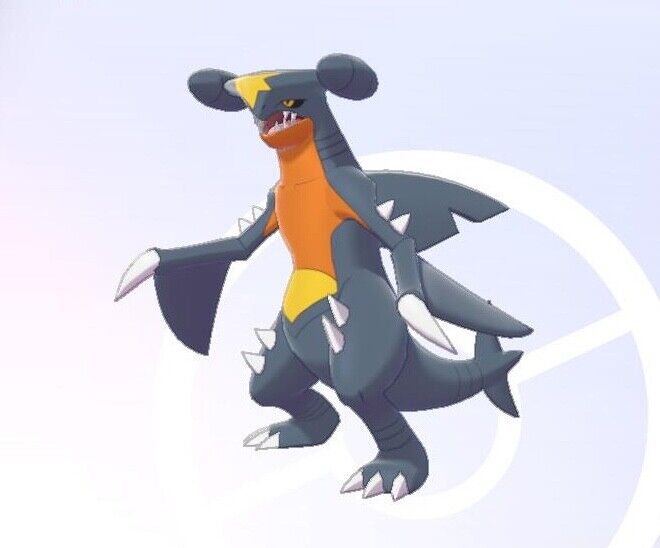
Garchomp secured a top-10 place in the 2020 global poll, with more than 60,000 votes. Its appeal lies in the blend of design, story and competitive strength. A land-shark dragon with blades for arms, it looks fast and dangerous even standing still.
In the Sinnoh games and anime, it became famous as the signature Pokémon of Champion Cynthia, one of the series’ toughest opponents. That gave it instant prestige. But unlike most legendary creatures, players can raise it themselves from a tiny Gible. That accessibility matters: its strength feels earned, not borrowed.
9. Rayquaza – The Legendary Peacekeeper
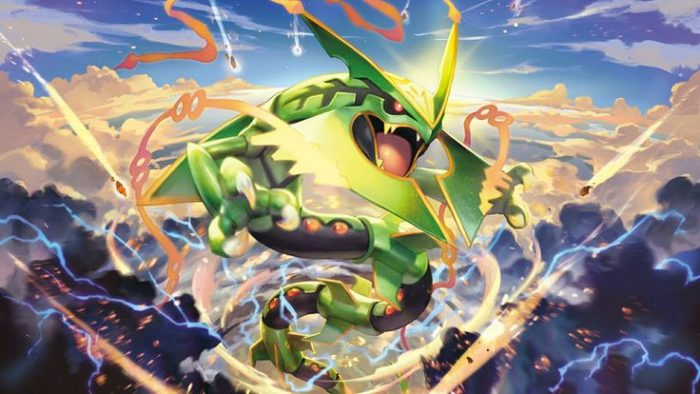
Rayquaza is the dragon in the sky, the creature that descends to stop Groudon and Kyogre from tearing Hoenn apart. As the mascot of Pokémon Emerald, it became central to the lore – a godlike figure keeping balance between land and sea.
Its design is part of the appeal: a huge, serpentine dragon with green scales and yellow markings, looking both alien and majestic. The shiny version, in black, is one of the most sought-after colour swaps in the entire series.
On the competitive side, Mega Rayquaza broke the rules. It was so strong that it had to be banned even from the game’s “Ubers” tier, reserved for the most powerful Pokémon.
8. Gengar – The Original Mischief-Maker
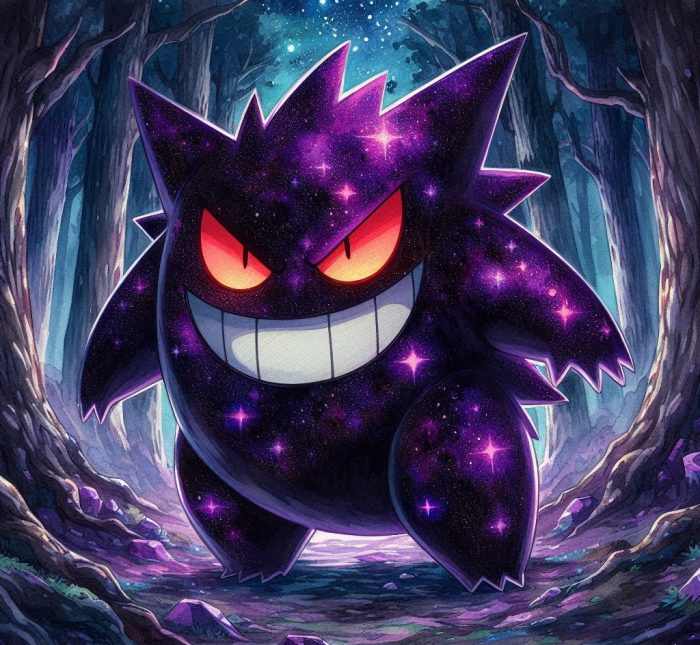
Gengar is one of the very first ghost-types, introduced back in the 1990s. Its design is simple but unforgettable: a round purple body, red eyes and a grin that looks half playful, half sinister. It works just as well on a Game Boy screen as on modern plush toys.
The character’s appeal comes from its dual nature. In the games and Pokédex, Gengar is a shadow that stalks and chills its victims. In the anime, it often leans more towards a prankster, causing chaos but rarely real harm. That balance makes it both spooky and fun.
Gengar has also stayed relevant in play. Its immunity to normal attacks was a game-changer early on, and later generations gave it new tools, from Mega Evolution to Gigantamax form. More recently, Ash trained one in the Journeys series, giving the ghost a new backstory and more emotional depth.
7. Umbreon – The Sleek Icon
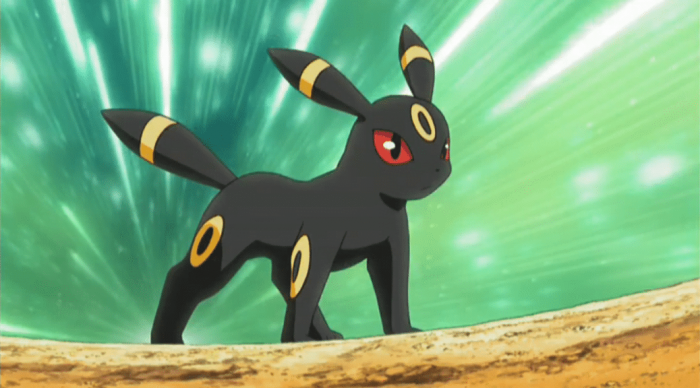
Among all of Eevee’s many evolutions, Umbreon stands out. First seen in the Johto games, it evolves only through trust with its trainer at night – a mechanic that made the bond feel more personal.
Its design explains much of its lasting appeal: a black, feline-like body with glowing yellow rings. Minimalist, moody and mysterious, it has become a favourite for fans drawn to darker aesthetics. The shiny form, swapping yellow for blue, is widely praised as one of the best in the series.
Umbreon is not built for raw power; in competitive play it is more defensive, using status effects and healing. But that hasn’t stopped it becoming a symbol in the trading card world. The 2021 “Moonbreon” card became a cultural sensation, selling for thousands of pounds.
6. Mewtwo – The Tragic Anti-Hero
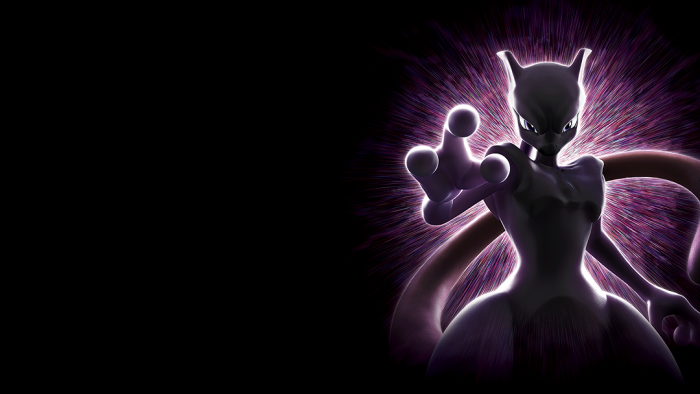
Mewtwo has been part of Pokémon’s identity since the beginning. Created in a lab as a clone of the mythical Mew, it was introduced not as a friendly companion but as a villain with a conscience. The story in Pokémon: The First Movie showed it wrestling with questions of identity, freedom and purpose. That gave it a depth rarely seen in children’s media at the time.
In the original Red and Blue games, Mewtwo was the ultimate prize – hidden in Cerulean Cave, with unmatched stats and a Psychic type that was almost impossible to counter. For many early players, catching it was the mark of having “beaten” the game.
Polls still reflect its influence. It may not top global popularity votes, but in one-to-one match-ups, Mewtwo almost always wins, showing the strength of its legacy. With appearances across films, anime and even Super Smash Bros., it remains one of the most iconic Pokémon ever created – feared, admired and remembered.
5. Pikachu – The Global Ambassador
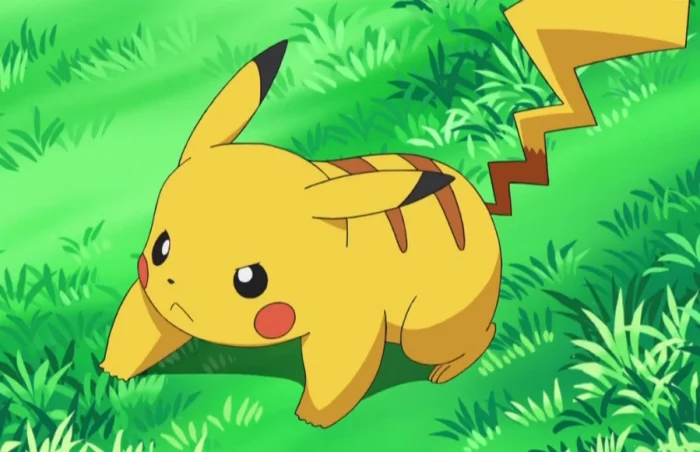
Pikachu is the face of Pokémon. Its round cheeks, bright yellow fur and simple design made it instantly recognisable across cultures. Chosen over Clefairy as the franchise mascot in the 1990s, it became Ash’s partner in the anime – a role that cemented its place in popular culture for more than 25 years.
In polls, Pikachu doesn’t always come out on top. In 2020’s global vote it ranked only 19th. But that misses the point. Pikachu is not just a fan favourite; it is a brand symbol. It appears on lunchboxes, in parades, as life-sized mascots at sporting events, and as plush toys that outsell almost every other character.
For millions who never played the games, Pikachu is the entry point to the franchise – the Pokémon you can name even if you can’t list another. Its popularity is measured less in votes and more in visibility. Pikachu is Pokémon’s ambassador, and no other character comes close in global recognition.
4. Mimikyu – The Sympathetic Impostor
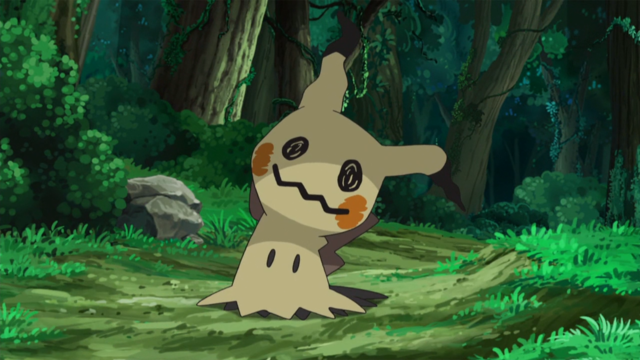
Mimikyu is one of the strangest success stories in Pokémon. Introduced in the Alola games, it hides under a rough Pikachu costume. The lore explains why: its real form is said to be so frightening it can make people ill, so it disguises itself to be loved like Pikachu. That mix of tragedy and humour struck a chord with fans.
In the 2020 global poll, Mimikyu reached third place overall, ahead of many legends and starters. Players felt sympathy for its loneliness and admired the creativity of its concept. The disguise is at once creepy and endearing, a design that stands apart from almost every other Pokémon.
On the battlefield, it proved more than a gimmick. Its “Disguise” ability lets it ignore the first hit in any fight, buying time to set up attacks. That made it a staple in competitive play.
3. Lucario – The Aura Warrior
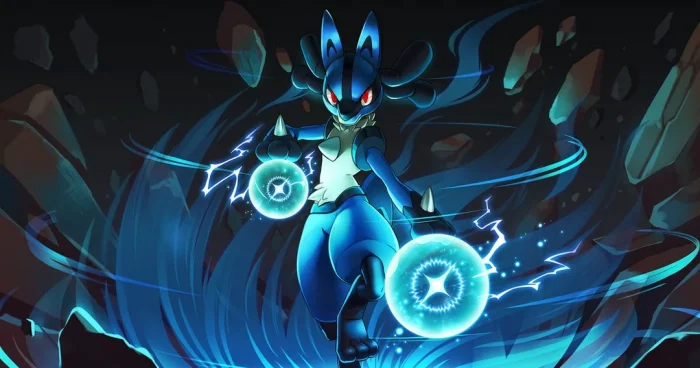
Lucario was introduced differently from most Pokémon. Before players could catch it in the games, it starred in its own feature film, Lucario and the Mystery of Mew. That early spotlight positioned it as a hero figure rather than just another creature.
Its design blended elements fans love: a sleek, wolf-like body, martial arts stance, and the mystical ability to sense and wield “Aura”. Inspired partly by Anubis from Egyptian mythology, it carried both power and mystique. For many, it looked less like a monster and more like a fighter from anime or manga.
Lucario has remained strong in competition. Its unique Steel/Fighting typing, wide movepool and later Mega Evolution gave it longevity in battles. It has also been heavily promoted: recurring in the anime, a mainstay in merchandise, and even included as a fighter in Super Smash Bros.
2. Charizard – The Nostalgic Titan
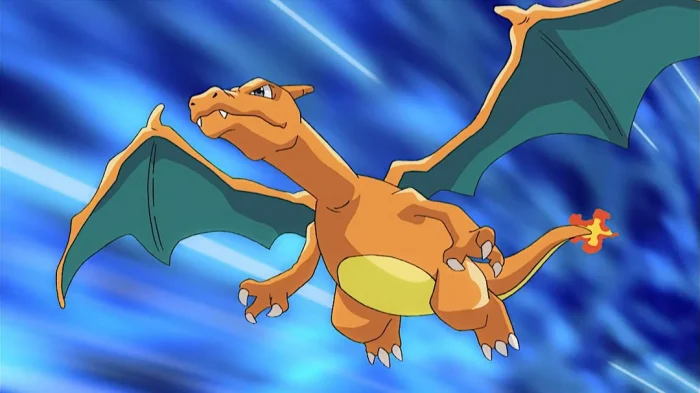
Charizard is the poster child of Generation I nostalgia. As the final form of Charmander, the starter on the cover of Pokémon Red, it became the dream partner for millions of players in the 1990s. Its design – a classic fire-breathing dragon – remains one of the simplest but most effective in the series.
In the anime, Ash’s Charizard was central to some of the show’s best-known storylines. Its rebellious streak and eventual loyalty gave it more character development than most of its peers. In trading cards, the Base Set Charizard was the most powerful and most coveted. Decades later, rare editions of that card still sell for eye-watering sums at auction.
Charizard has been kept in the spotlight through new forms: two Mega Evolutions, a Gigantamax form, endless merchandise. It ranked only fourth in the 2020 global poll, but in head-to-head matchups it often comes out top. Charizard embodies the “Gen I effect” – fuelled by nostalgia, reinforced by constant promotion, and still seen as the ultimate symbol of cool.
1. Greninja – The People’s Champion
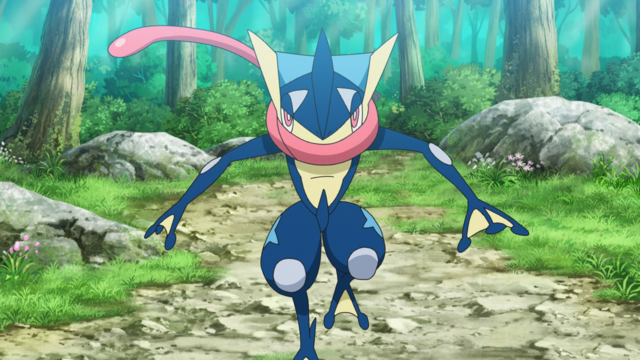
Greninja topped the 2020 global poll with over 140,000 votes, outpacing every rival by a huge margin. Its rise shows how design, gameplay and storytelling can combine perfectly.
As the final evolution of Froakie in the Kalos games, it looked instantly distinctive: a sleek ninja frog, fast and stylish, with its tongue wrapped like a scarf. In battle it was more than cosmetic. Its hidden ability, Protean, let it change type depending on its move, making it one of the most unpredictable and dangerous Pokémon ever used competitively.
The anime pushed it even higher. Ash’s Greninja developed a unique bond with him, transforming into the fan-favourite “Ash-Greninja” form. That storyline gave it both power and emotional depth, turning it into a global star.
Greninja also crossed into wider gaming culture as a fighter in Super Smash Bros., ensuring visibility far beyond Pokémon fans. It may not carry nostalgia like Charizard or brand power like Pikachu, but Greninja won by sheer fan support – proof that the community itself crowned it the champion.
Conclusion: What Makes a Pokémon Endure
Looking at the top ten, clear patterns emerge. Nostalgia still matters – three of the original 151 (Charizard, Gengar, Mewtwo) remain near the top. But newer generations have broken through: Greninja, Lucario and Mimikyu rose on the back of strong anime arcs, inventive designs and competitive play.
Popularity is not one thing. Pikachu dominates as a cultural mascot, Greninja as a fan favourite, Umbreon as a style icon. Some, like Garchomp or Rayquaza, are remembered for sheer strength. The most enduring Pokémon are those that combine at least three of the key pillars: recognisable design, emotional storylines, and either nostalgic weight or competitive relevance.
In the end, these creatures are more than characters in a game. They are symbols of different eras, identities and communities within the franchise. That is why, nearly 30 years on, Pokémon still has a living pantheon – and why the debate over which ones belong at the top will never truly end.


